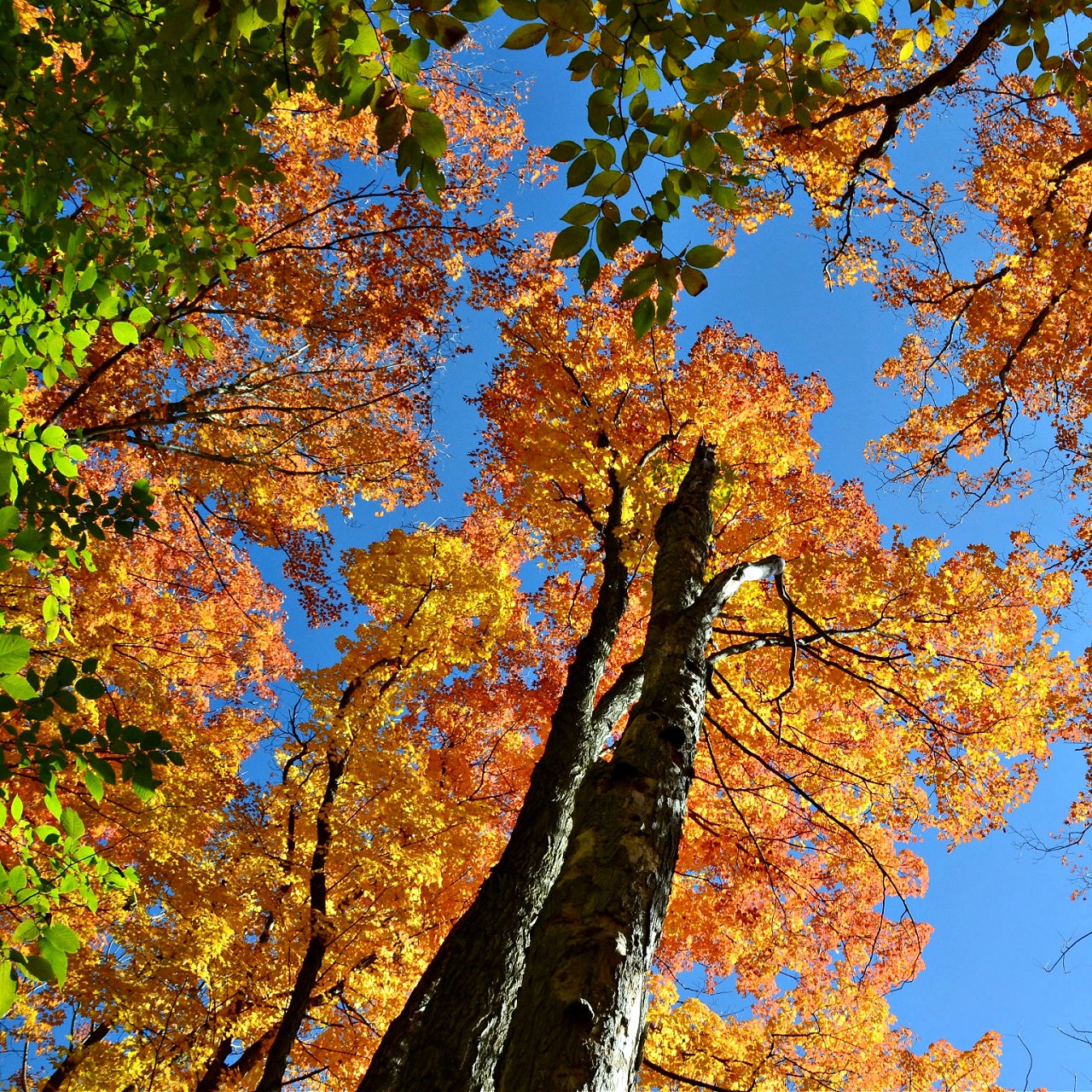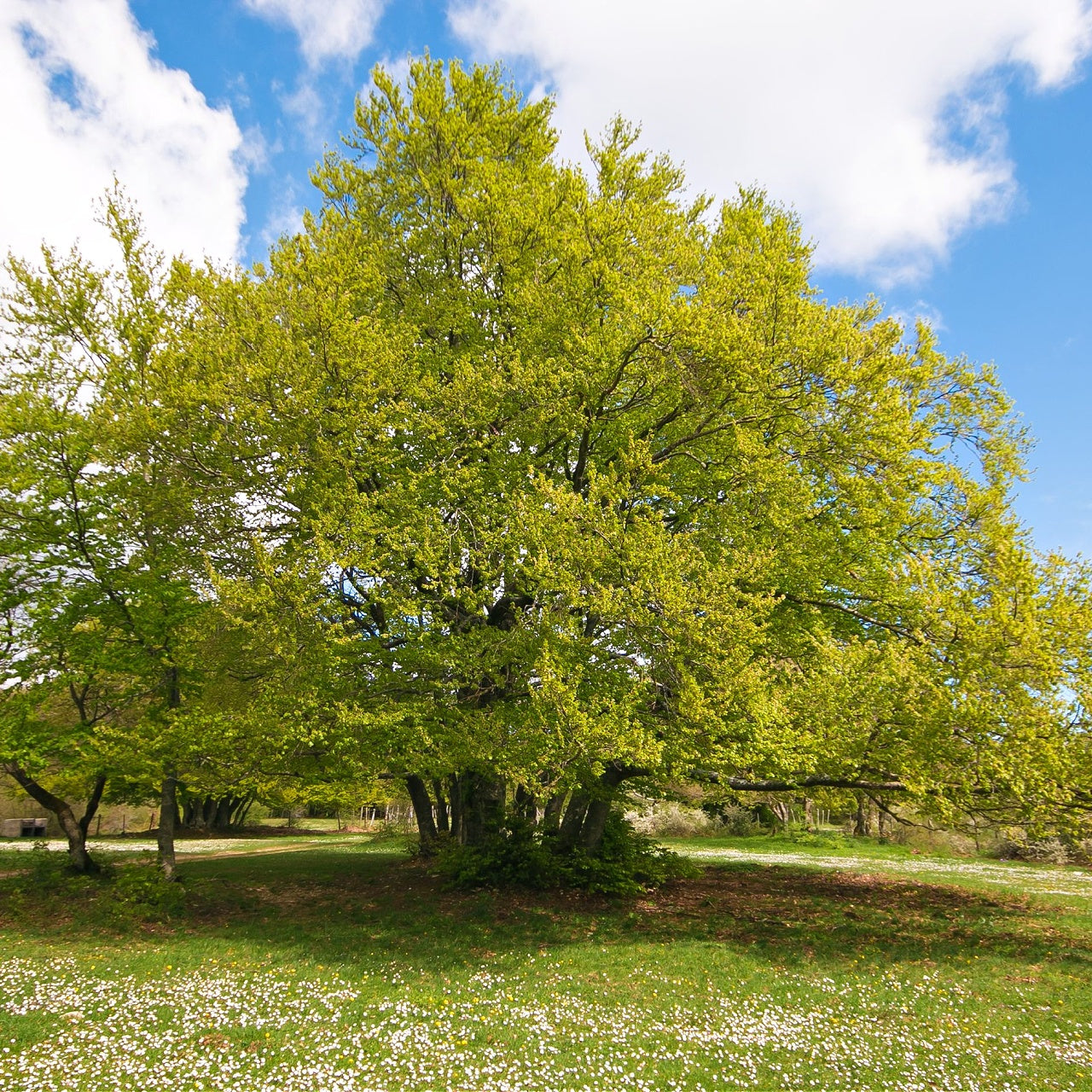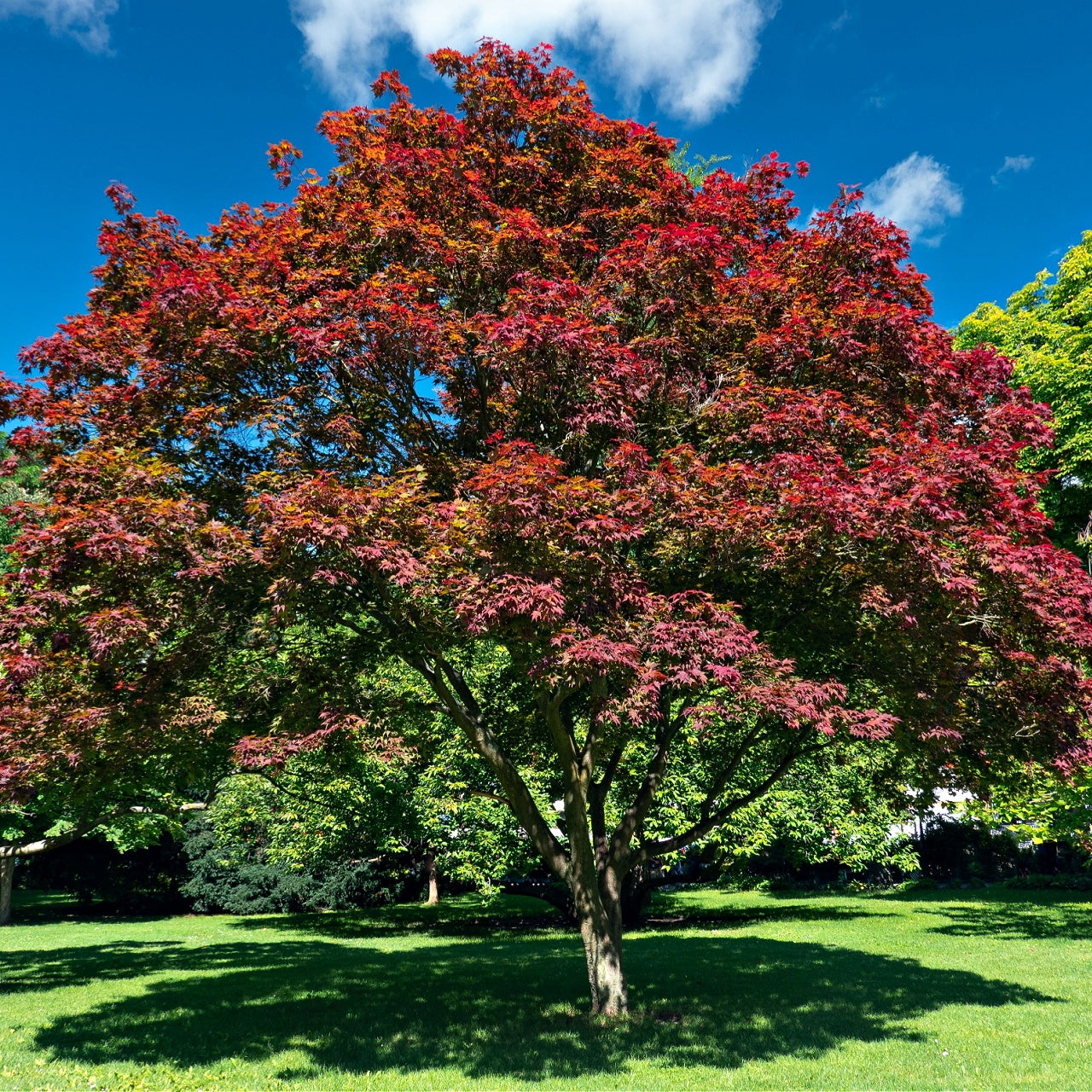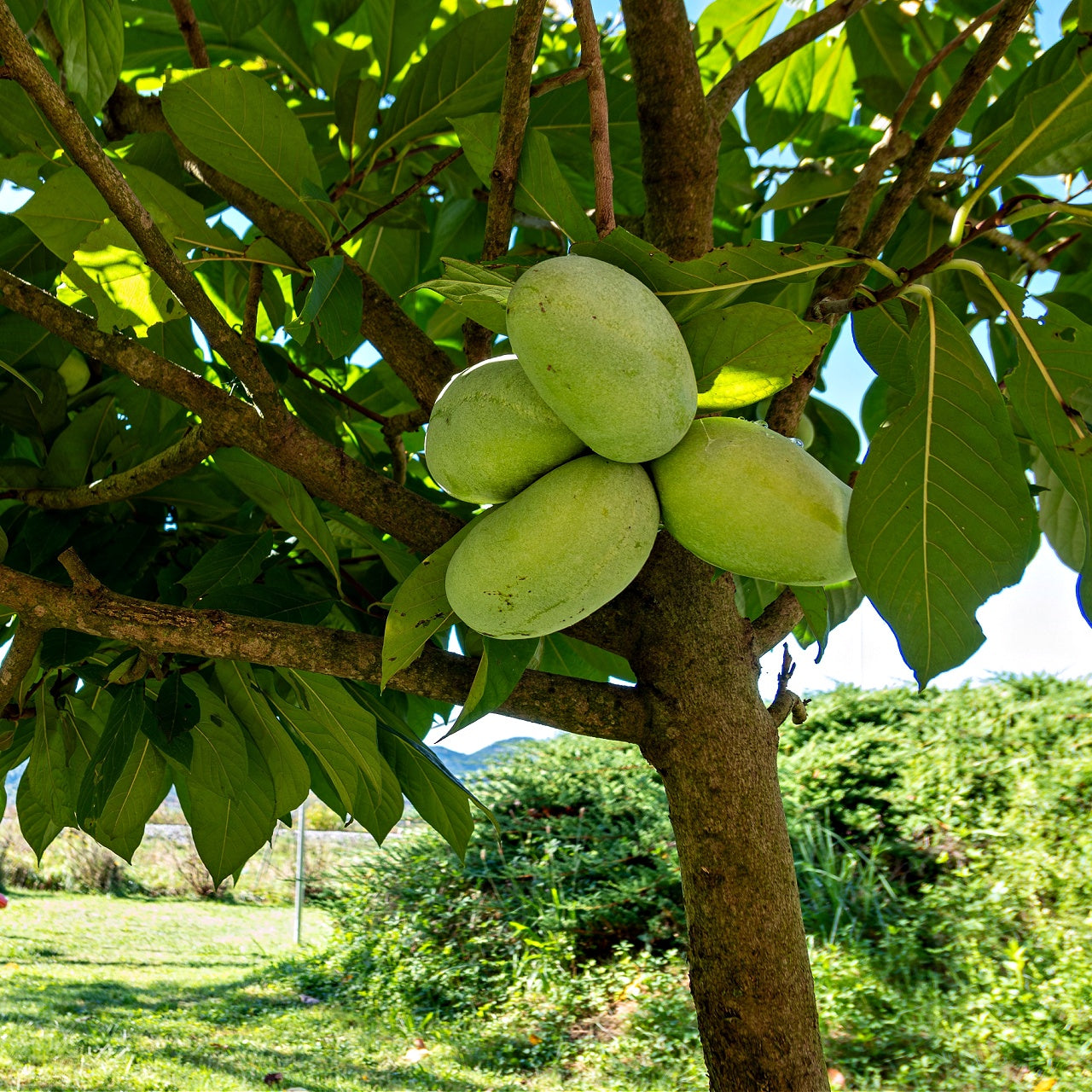
How to Maintain Forsythia Shrubs
How to Maintain Forsythia Shrubs
How to Maintain and Care for Forsythia
The forsythia is a favorite shrub used for gardening across the country. The forsythia is easy to grow and requires minor maintenance to thrive in your garden. The fiesta forsythia and the sugar baby forsythia usually bloom in the spring and are great ground-covering plants that bring extreme beauty to your landscaping. Growing these plants is not difficult at all; however, there are a few guidelines that you should consider if you plan on using the forsythia in your home garden.
The forsythia has a minimal maximum height and is an excellent covering plant. The mature height is usually under a foot and can grow in some hardier growing zones. The sugar baby forsythia and the fiesta forsythia are ideal for adding some beauty to your home garden. The maximum height of these two bushes can range from one to two feet, and the width is usually a few feet. They fill bare areas charming and can increase with the right amount of soil and fertilizer.
If you are looking for dense coverage in your garden, these forsythia bushes give you just as much coverage in width as they do in height. The only fertilizer recommended for these forsythia plants is a rooting hormone. This fertilizer is rubbed on the stem of the recently planted bushes. That is just a healthy choice if you see the forest not fully grown.
These forsythias are designed to flourish in hardy growing zones because of the strength of the rooting system. They thrive in both sunlight and shade conditions, so because they have a significant mature height, you can plant these bushes anywhere your property needs a little color and beauty. Because these forsythia bushes grow fuller than they do higher, you should allow up to five feet in between forests to ensure that they do not develop into each other when they reach maturity.
You should keep these bushes away from foundations or concrete patios because the rooting system multiplies and is quite durable. You can endanger the foundation from the strength of the roots, so plant accordingly. The forsythia plant can be easily groomed as it matures, so sculpting these plants is not a big chore. You can trim and prune them to any height you desire once rooting has adequately taken place.
If your forsythia has problems blooming, the bush may have overgrown, causing suffocation. If that's the case, you can quickly remedy that situation by taking one of the larger branches that still shows significant growth signs and bending the office towards the ground. You must ensure the end of the chapter is covered in soil, leaving about six inches above the earth.
The dwarf forsythia has a unique ground covering ability that allows it to fill those areas of your landscaping with trouble-keeping or growing shrubbery. They are straightforward to maintain, and you can prune and shape the bush to any shape you like. The other forsythia bushes are a great alternative to the plants and trees that need constant maintenance to grow and thrive. Your home's landscaping will transform from drab and dreary to spectacular in a short period.
Products from the Article






